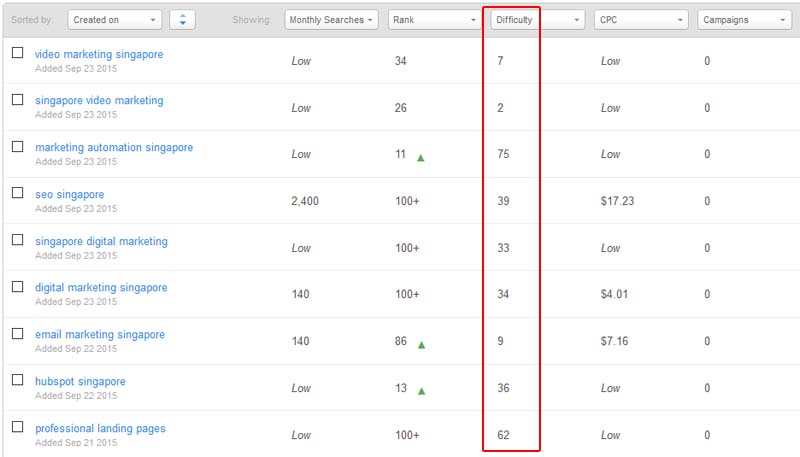By Nelson Tan on Sep 30, 2015 9:56:00 AM

Being skilled as an SEO writer or content marketer is very helpful for anyone who wants their articles to be easily discovered through the search engines, apart from the fact that it is a smart, in-demand career move. No doubt it takes much experience and knowledge of the subject matter to write an authoritative and value-adding article but SEO itself actually takes little effort. If you know what keywords to target and where to position them in your article, you will attract the right kind of visitors and enrol them as sales leads on your website. Do it once and your highly ranked article does its job 24/7.
There are 5 aspects to optimizing your article:
1. Title Or Headline
2. Keyword Research
3. Keyword Density
4. Content
5. Images
Title Or Headline
Your title can make or break your SEO article writing. It goes without saying that your title must be attractive to potential readers, otherwise your whole article will be ignored. But the title must also be made attractive to search engine spiders with targeted keywords. The right keywords not only determine the article's search ranking placement, but also affect the click-through rate from the search listing to it.
Keyword Research
Keyword research is a fundamental step to identifying those targeted keywords you want. By using the Google Keyword Planner, you can discover for each suggested keyword or phrase the monthly search volume, the competition level and bid value.
However, recent development in keyword research technology is giving clarity to the fact that many SEO practitioners and digital marketers are mistaken for directly inferring the statistics generated by the Planner for SEO purposes, because all along, those statistics are derived from PPC research data (read "Google's Keyword Tool versus HubSpot's Keyword Grader").

HubSpot and a few other similar technology firms have come up with a new metric called "Keyword Difficulty" which gives a single number between 1 and 100, and this number settles once and for all how difficult it is for your web page to rank on the first page of search engine results for a particular keyword. The higher the number, the more difficult it is to rank well. The magic number is 40 or less.
Keyword Density
Keyword density refers to the number of times a keyword or phrase is repeated in your article. Keyword repetition helps to accentuate the main theme of the article, but too much repetition constitutes keyword stuffing and reduces the "human touch".
It is recommended that the keyword appears in the first paragraph and a total of at most 3 times throughout an article of moderate length.
Great Content
Nonetheless, a great article is still written for the benefit of an audience first and foremost. When your content resonates with readers, they will be motivated to learn more about your business, opt-in to your newsletter, bookmark your site or share it with their connections. That's referral traffic for you.
First write your article with your audience in mind. When it is completed, edit it for SEO.
Images
When you have an image in your SEO article, it's crucial to insert the image alt-tags, e.g. when you insert a happy face in your article, the alt-tag could be <img src="happy.gif" alt="happy face">. This gives you an opportunity to include choice keywords so that the Google search engine can index and rank your image in Google Images based on the keywords.
The 8 Rules Of Optimizing Your Article For SEO
1. Make sure the keyword's difficulty metric is 40 or less (Use HubSpot Keyword module to check).
2. Include keyword in the title.
3. Include keyword in the article page URL (automatically generated by the blogging system).
4. Include keyword in the meta description.
5. Include keyword in the first paragraph.
6. Repeat the keyword 2 more times in the article.
7. Include keyword in the image alt-tag.
8. Include at least 1 related internal link.
Related article: 4 Top Search Ranking Factors To Pay Attention To





comments